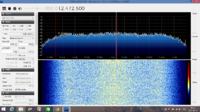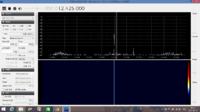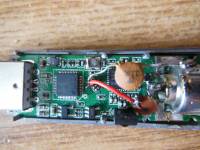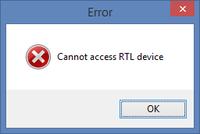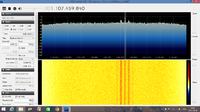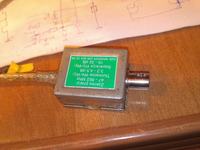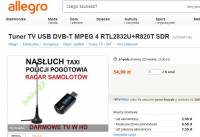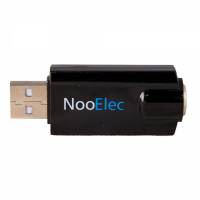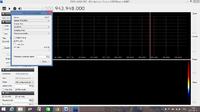It was sold on alledrogo as a typical SDR, the guest even tested a band or something for about PLN 70. I don't remember any more because it was a year ago

.
However, all these tuners are patched on one diagram, so I do not see a problem to duplicate the modification.
Yesterday evening, during a creative conversation with one of our colleagues, we came up with the following housing:
Copper tube for CO (under the width of the pcb), two "plugs" and a 2mm copper flat bar.
Cut the flat bar so that the tuner fits on it and is the entire length of the tube. Then we clean it of oxides and put a thick thermopile on which the tuner will lie. The mounting of the tuner itself is as simple as possible, i.e. the silver plate soldered from the bottom of the flat bar and to the ground on the tuner pcb so that it presses it firmly against the thermocouple.
One of the ends of the flat bar is soldered to the plug with an SMA / BNC socket, and to the other plug, a USB socket such as "printer". Now you just need to put everything together and we have a nice durable SDR
Rectification:
Shielding significantly reduced noise, etc., a revelation, but thanks to cleaning the signal and the tuner environment, you can now see other undesirable effects. A weak "carrier spectrum" appeared - signals coming from the computer and propagating through the USB cable. In days I will make a coupled choke and describe the results.
